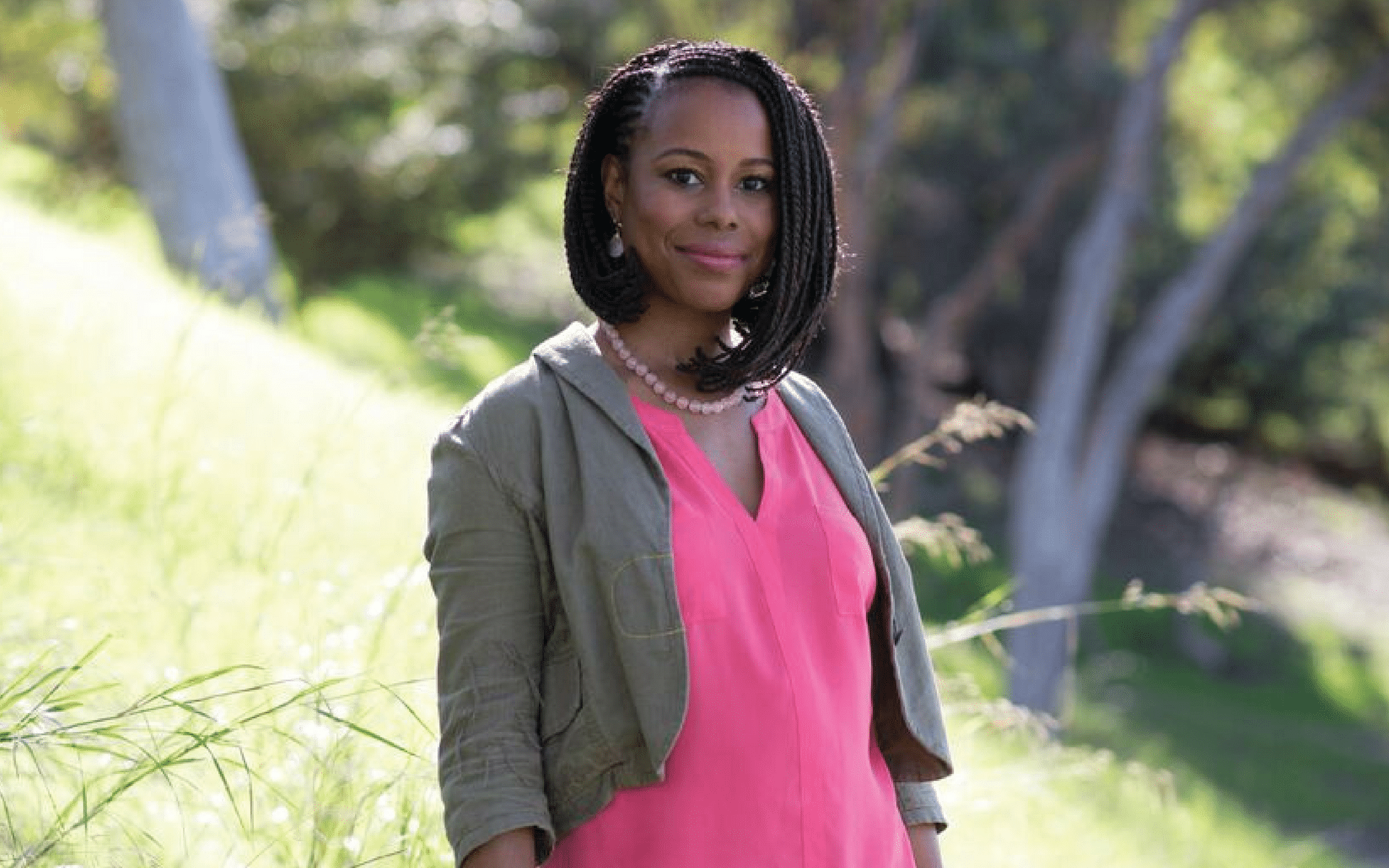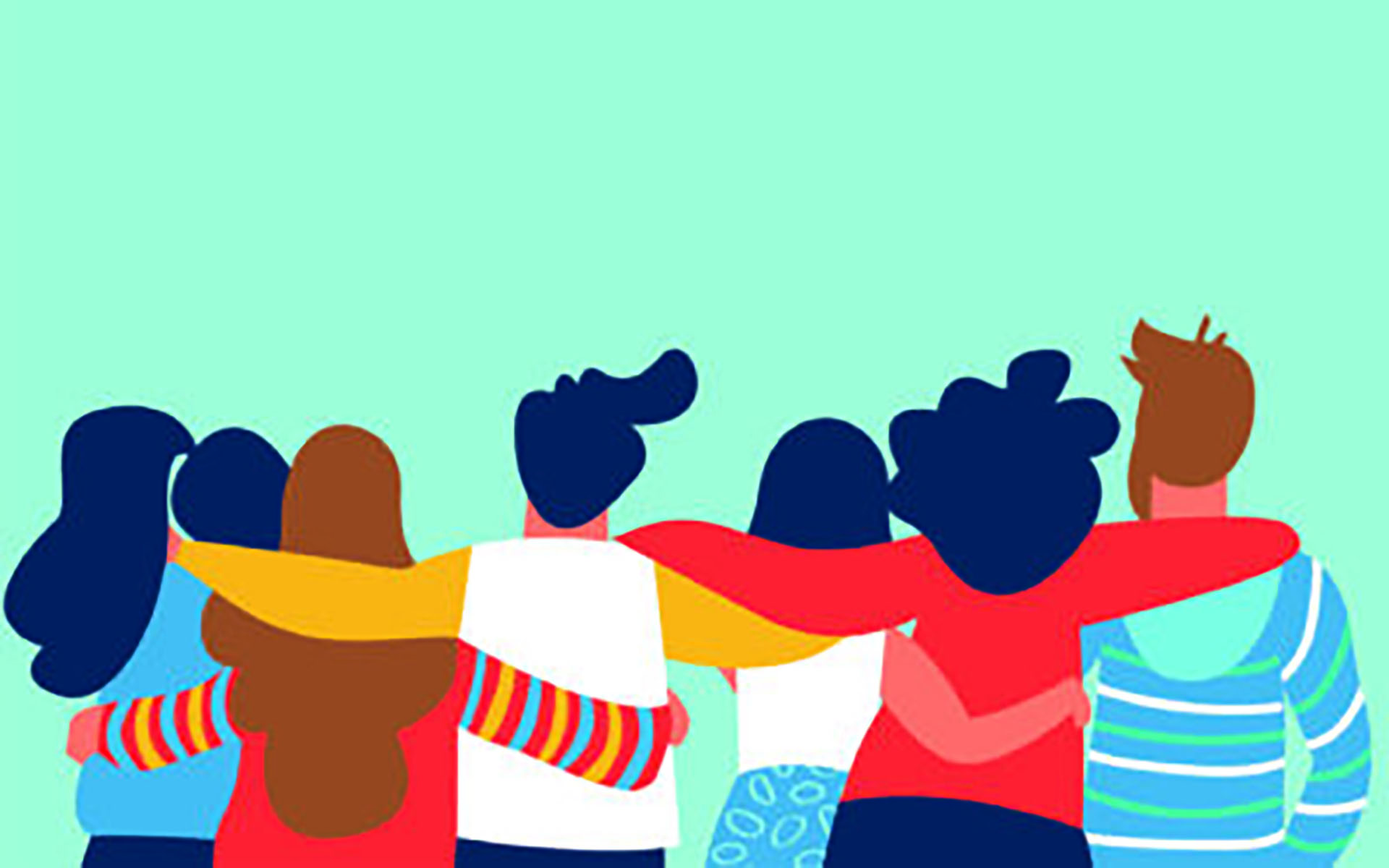Born in Toronto, to Jamaican parents, Giselle Jones worked as an actress in New York City and Hollywood for 17 years, then served as the education director of a youth literacy group in LA. She’s now a psychotherapist in private practice who treats people with mental health and relationship issues including sexual anxiety, trauma, and addiction.
How did you first come to meditation?
In 2012, while at UCLA getting my master’s degree in social work, I did an internship at a school in the Watts neighborhood. On day one, the school shut down for race-related fighting and thieving of computers, and I had teachers tossing me students.
As I got to know them, kids would disclose sexual abuse and other traumatic experiences, and then they would leave the room, and I would hold my head and cry. But as a UCLA student, I was able to attend, for free, a daylong course in mindfulness meditation with Dr. Marvin Belzer at the Mindful Awareness Research Center. And I really fell in love with it. It was delicious for me.
Delicious? Can you explain what you mean?
I got to see how much my body was speaking to me. I’ve always been very physically oriented: I identify emotions in my body before I know what they are in my thoughts. Learning through mindfulness to not shy away from that intensity, but to actually pay attention to it, allows us to tolerate our intensity, the intensity of being human. The practice helped me to stay present in my sessions with the kids and in the social work I was learning and doing, without collapsing.
The marketing imagery can make certain communities of people feel like mindfulness is a luxury only for rich white people, or that it’s not applicable to their own lives.
How do you use it in your work?
Here’s one example: At a weekly women’s intimacy group that I facilitate at the Center for Healthy Sex, before starting we all sit in a brief meditation to let us arrive and disarm and feel safe enough to be vulnerable in each other’s presences. Mindfulness practice is not only a tuning fork for what’s going on in the room but can also enable us to show up with as few defenses as possible.
You deal with people who have sexual anxiety issues. How does mindfulness help?
I sometimes give a homework exercise called sensate focus therapy, created by Masters and Johnson in the ’60s. It’s a way of pulling intimacy all the way back to the beginning, with touch—and make that a mindfulness exercise.
One partner receives the touching and the other is the giver, whose task is to do a slow, slow exploration. What does it feel like to smell behind this person’s ear? How can you take 20 minutes to explore this person’s hand? Both partners pay attention to their own responses, and the person receiving can say what’s working for them or not. Such exploration can be really liberating and actually increase desire. It’s all about slowing it down so the intimacy comes in.
You work with a pretty diverse group. How important is that to you?
Very. The marketing imagery can make certain communities of people feel like mindfulness is a luxury only for rich white people, or that it’s not applicable to their own lives. To say “just bring yourself into the present moment and everything is going to be hunky-dory” is not helpful for school kids afraid of being targeted by gangs. But when you do bring mindfulness interventions in—though I might not label them as “mindfulness”— some people are like, “This really helps.”
The diversity issue was partly what compelled me to get my certification as a mindfulness facilitator. I really appreciated that a significant part of my training there was dedicated to cultural humility and high inclusiveness on diversity issues.
You also do some volunteer work. Who participates?
Some of the regulars are homeless, with PTSD or anxiety or depression. One woman who identified as transient told me that the meditation has really helped with her anxiety. Another homeless participant had been targeted by street violence because of being transgender. I think mindfulness is a path toward being able to inhabit your own body in a way that feels safe.
What do you get out of it?
I never, ever, ever, ever leave feeling anything but filled by the experience. When we end, there’s a sense of community, a thread that seems to run through the entire room, which I like to call love, or life. And I get to be part of that.





